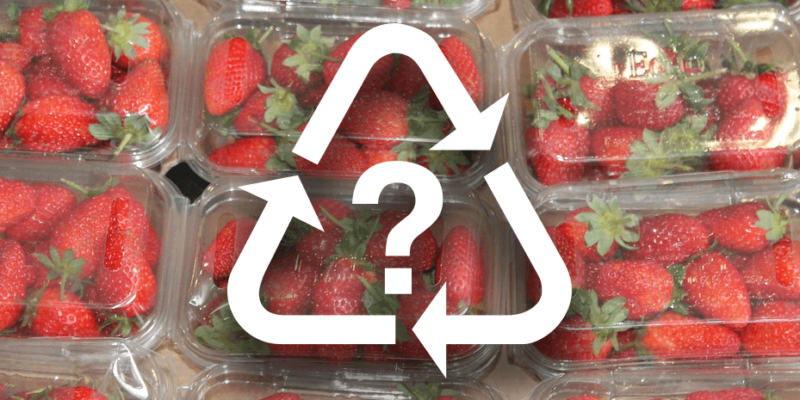The first step in making most candy is to dissolve sugar2 (candy’s primary ingredient) into boiling water to form a syrup. The way the syrup is cooled determines whether the candy will be crystalline or non-crystalline.3
Crystalline Candy
Crystalline candy usually has fine sugar crystals and a lower sugar concentration than non-crystalline candy. To make crystalline candy, the sugary syrup is stirred continuously as it cools to ensure the sugar crystals remain small. Fudge is an example of a crystalline candy.
Non-Crystalline Candy
Non-crystalline candy is usually hard and brittle and has a higher sugar concentration than crystalline candy. Typically, non-crystalline candy is made by allowing the sugar syrup to cool over several days. Rock candy, lollipops and glass candy are some examples of non-crystalline candy.
Fun facts: Glass candy was historically used for stunts that involved people breaking windows. Gummies are made in a similar way to glass candy, but with gelatin added to the sugar syrup to give it a rubbery consistency.
 The Science of Fudge: How Fudge Is Made
The Science of Fudge: How Fudge Is Made
Fudge is made by heating sugar and water to a temperature above the boiling point for water, which is 212° Fahrenheit.3 The candy maker pours the syrup into a pan so it can cool faster. This technique helps prevent sucrose molecules from forming into a large crystal. Once cooled to 122° F, the syrup is stirred and scraped, forming many crystals at once. Continued stirring helps the sugar molecules spread among and bind to the crystal seeds. This helps keep the crystals small and creates the fudge’s milky texture.
More Common Candy Ingredients
Many candies also have preservatives and other ingredients to keep them sweet and edible. The University of Hawaii’s Food Safety and Technology newsletter article, Common Food Additives in Candy,4 identifies several candy additives:
- Butylated hydroxyanisole (BHA) is an antioxidant that prevents fats and oils from becoming rancid in candies such as peanut-butter cups.
- Gum base is one of the main ingredients in chewing gum. It’s made by blending and heating several vegetable or synthetic fibers with a softener such as paraffin and antioxidants.
- Potassium sorbate is a preservative that is the potassium salt of sorbic acid,5 which is also a preservative.
Caffeine6, ascorbic acid and citric acid are also common candy ingredients. Citric acid gives candies like lemon drops their tart flavor.
For more information about candy and its chemistry, see these resources:
Sources
- National Confectioners Association
- What is Sugar? What is Sucrose? – The Sugar Association
- American Chemical Society: The Sweet Science of Candymaking
- University of Hawaii: Common foodadditives in candy (hawaii.edu)
- National Library of Medicine: Food applications of sorbic acid and its salts – PubMed (nih.gov)
- National Confectioners Association: Unwrap the Facts – Always a treat
How Sugar Affects the Brain
In the United States, many people eat chocolate and candy at least two or three times a week.
Dr. Nicole Avena, a research neuroscientist, explains why people like candy so much: How Sugar Affects the Brain.




